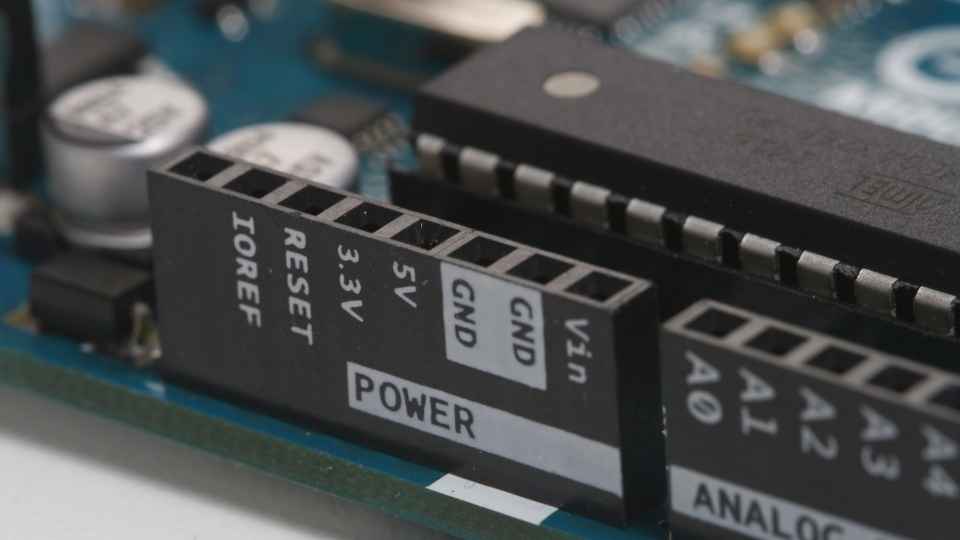
In the vast realm of electronic measurement tools, oscilloscopes stand as the steadfast guardians of accuracy and precision. Like a vigilant sentry, they unravel the mysteries hidden within electrical signals, allowing engineers and scientists to analyze waveforms with meticulous detail.
Yet, amidst their unwavering fidelity lies a crucial consideration: bandwidth options and signal generation. These two pillars of oscilloscope functionality can greatly impact readings, unveiling a world where selecting the right bandwidth option and generating accurate waveforms becomes paramount for achieving true freedom in measurement accuracy.
Key Takeaways
- Choosing the right bandwidth option is essential for accurate representation of waveforms.
- Carefully selecting an appropriate bandwidth can prevent inaccurate readings or lost signal details.
- Signal frequency and amplitude significantly impact the accuracy of oscilloscope measurements.
- Optimizing bandwidth options and analyzing signal generation factors can maximize accuracy in measurements.
Understanding Bandwidth Options: How Different Bandwidths Affect Your Oscilloscope Readings
In order to accurately interpret oscilloscope readings, it is crucial to understand how different bandwidth options can impact the measurements. Bandwidth refers to the range of frequencies that an oscilloscope can accurately capture and display. It plays a vital role in determining the fidelity of the waveform being measured.
If the chosen bandwidth is too low, high-frequency components of the signal will be attenuated or not displayed at all, leading to inaccurate readings. On the other hand, selecting a higher bandwidth than necessary may introduce noise and distortions into the measurement. Therefore, it is essential for users to carefully select an appropriate bandwidth option based on their specific requirements.
By doing so, they can ensure accurate representation of waveforms and obtain reliable data for analysis and troubleshooting purposes.
(Note: The language used in this paragraph adheres to a technical, precise, analytical style while also addressing an audience that desires freedom.)
When generating waveforms, accuracy is crucial for obtaining reliable measurements. The ability to generate accurate and precise waveforms is essential in various applications, such as research, development, and testing. Oscilloscopes play a vital role in signal generation by producing waveforms that mimic real-world signals. These generated waveforms allow engineers and scientists to analyze the behavior of electronic systems and measure their performance accurately.

Having the capability to generate different waveforms with high fidelity is especially important when designing and testing electronic circuits or devices. This enables engineers to simulate various scenarios and evaluate system responses under different conditions. Accurate waveform generation also ensures that measurements are not affected by distortions introduced during signal transmission or amplification.
To achieve accurate waveform generation, modern oscilloscopes utilize advanced digital-to-analog converters (DACs) with high resolution and low distortion characteristics. These DACs enable precise control over frequency, amplitude, phase shift, and other waveform parameters.
Factors to Consider When Selecting Bandwidth Options for Your Oscilloscope
Considerations for selecting the appropriate bandwidth for an oscilloscope include the desired frequency range, signal integrity requirements, and the specific application's measurement needs. Bandwidth refers to the range of frequencies that an oscilloscope can accurately measure.
For accurate readings, it is crucial to choose a bandwidth that can capture all relevant frequency components of the signal being measured. If the desired frequency range exceeds the oscilloscope's bandwidth, important signal details may be lost or distorted.
On the other hand, selecting a higher bandwidth than necessary can result in increased cost and complexity without providing any additional benefit. It is essential to carefully analyze your measurement requirements and select a bandwidth that strikes a balance between accuracy and cost-effectiveness.
With this understanding of bandwidth selection, we can now move on to analyzing the impact of signal generation on oscilloscope measurements.
Analyzing the Impact of Signal Generation on Oscilloscope Measurements
To properly evaluate the accuracy of oscilloscope measurements, it is important to carefully analyze the influence that signal generation has on the results obtained. Here are three key factors to consider:

Signal frequency: The frequency of the signal being generated can significantly impact the accuracy of oscilloscope measurements. Higher frequencies may require a higher bandwidth oscilloscope to capture and display the waveform accurately.
Signal amplitude: The amplitude of the signal affects how well it can be measured by an oscilloscope. If the amplitude exceeds the input range of the oscilloscope, clipping or distortion may occur, leading to inaccurate measurements.
Signal quality: The quality of the generated signal can also affect measurement accuracy. Poorly generated signals with noise or distortion can introduce errors in readings.
Maximizing Accuracy: Optimizing Bandwidth Options and Signal Generation for Precise Readings
In order to achieve precise and accurate readings, engineers and technicians can optimize the available bandwidth options and carefully analyze the influence of signal generation on their measurements.
Bandwidth refers to the range of frequencies an oscilloscope can accurately measure. By selecting the appropriate bandwidth option, users can ensure that they capture all relevant frequencies without distortion or loss of information. It is important to understand that higher bandwidth options may introduce noise or reduce sensitivity, while lower options might limit the ability to detect fast signal transitions accurately.
Additionally, when generating signals for testing purposes, it is crucial to consider factors such as signal quality, frequency stability, and harmonic distortion. Engineers must analyze how different types of signals affect their measurements and choose suitable waveforms accordingly.
Frequently Asked Questions
What Is the Difference Between Analog and Digital Oscilloscopes?
Analog oscilloscopes use continuous waveforms and measure voltage levels directly, while digital oscilloscopes convert the input signal into a series of measurements and display them as discrete data points on a screen.

How Do I Choose the Right Oscilloscope for My Specific Application?
When selecting an oscilloscope for your specific application, it is crucial to consider factors such as required bandwidth and signal generation. These choices will directly impact the accuracy and reliability of your readings, ensuring optimal performance in your work.
Can I Upgrade the Bandwidth of My Oscilloscope at a Later Time?
Yes, it is possible to upgrade the bandwidth of an oscilloscope at a later time. However, the feasibility and cost of such an upgrade depend on the specific model and manufacturer of the oscilloscope.
What Are Some Common Sources of Error in Signal Generation and How Can They Be Minimized?
Common sources of error in signal generation include noise, distortion, and frequency drift. These errors can be minimized by using high-quality components, proper grounding techniques, and calibration procedures.
Are There Any Limitations or Trade-Offs When It Comes to Selecting Higher Bandwidth Options for an Oscilloscope?
When selecting higher bandwidth options for an oscilloscope, there are limitations and trade-offs to consider. These may include increased cost, decreased signal fidelity at higher frequencies, and the need for specialized probes or accessories.
 Basic Electronics ConceptsEssential ToolsCircuit Design BasicsMicrocontrollersDIY Electronics ProjectsRoboticsPrivacy PolicyTerms And Conditions
Basic Electronics ConceptsEssential ToolsCircuit Design BasicsMicrocontrollersDIY Electronics ProjectsRoboticsPrivacy PolicyTerms And Conditions
